Asset AI
Artificial intelligence revolutionising road asset maintenance and operations.
Asset AI® is a new digital tool supporting asset maintenance teams in the planning, management and repair of our roads. This enables the early detection of road defects, streamlining and accelerating road maintenance, and improving the safety of road users.
Image
Image controls:
How does it work?
- Road asset data is collected by dash-mounted cameras on vehicles nominated by the appropriate local/state government authority. Data from sensors installed on vehicles is also used to determine road conditions.
- Artificial Intelligence (AI) detects and classifies road asset defects such as potholes and cracks, street litter, faded line marking or damaged signs and guideposts. This defect information is then sent to the Asset AI® digital platform.
- The Asset AI® platform assesses the defects, determines their severity, and recommends a response time.
- The maintenance teams can access their own data for the scheduling of maintenance work.
Through harnessing AI technology, this project aims to revolutionise road asset maintenance and operations for councils and Transport for NSW.
Image

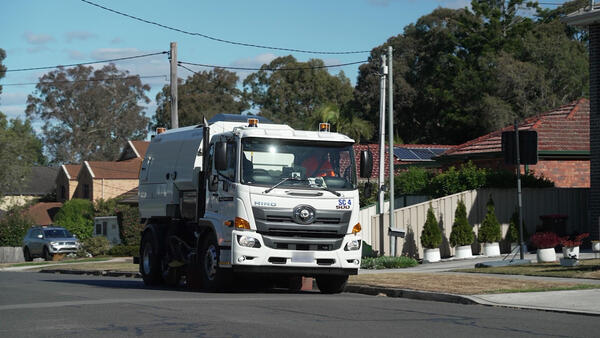
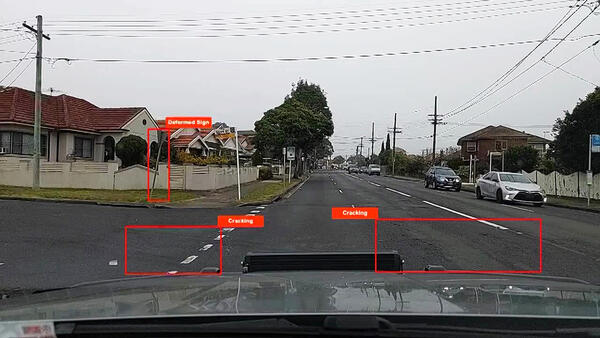
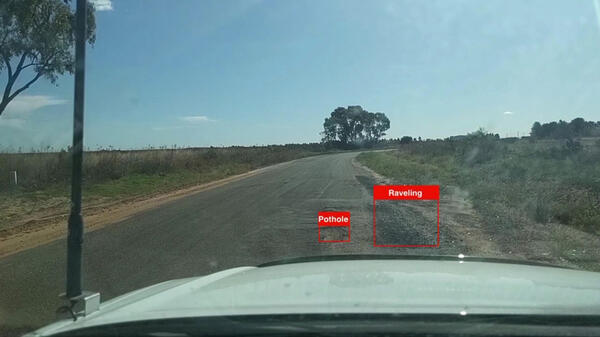
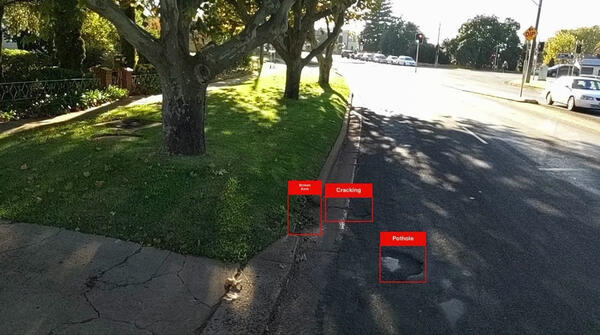
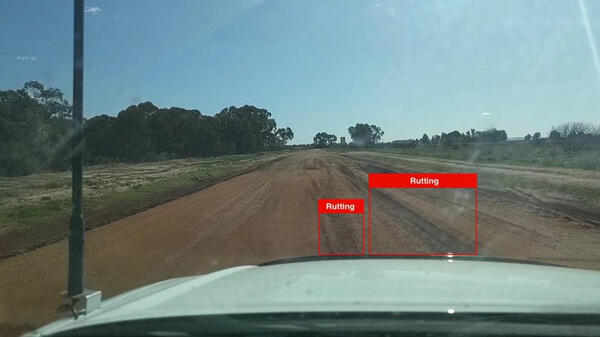
Image controls:
Key Benefits
- Safety: road safety outcomes are enhanced through the streamlining and acceleration of road maintenance.
- Cost: operational and maintenance costs are reduced by identifying damaged assets in a frequent and timely way and by enabling a prioritised response.
- Sustainability: sustainability is supported by collecting data from vehicles already using the roads, rather than introducing new vehicles to the network.
- Efficiency: a comprehensive understanding of the NSW road network offers efficiency through the opportunity for early intervention.
- Empowerment: road maintenance and operations teams are empowered by a centralised digital platform that helps them utilise smart technologies to benefit their communities.
Project Status
The Asset AI® program is an Australian-first that is currently being implemented in councils and Transport teams across NSW. With broad interest in Asset AI® we continue with a measured and steady approach to onboarding new council and Transport teams along with the development of a business model.
The Asset AI® project team is also focusing on the development of machine learning models with an aim to predict road defect deterioration so maintenance teams can identify where issues on our roads will occur before they happen.
Expressions of interest can be submitted through the contacts below.
Project Partners
Asset AI® is led by Transport for NSW (TfNSW) in collaboration with IPWEA Roads and Transport Directorate and Canterbury-Bankstown Council.
Asset AI® was initiated via a $2.9 million dollar contribution through the NSW Government Smart Places Acceleration Program, a special reservation under the Digital Restart Fund, with further contributions by Transport for NSW.
Contact Us
We value your feedback and are available to answer your questions. Whether you're looking for more information about Asset AI® or are a council interested in getting involved, we're here to help.
Transport for NSW
For general enquiries, feedback, or information about Asset AI®:
Email: assetai.tfnsw@transport.nsw.gov.au
Institute of Public Works Engineering Australasia NSW & ACT (IPWEA NSW & ACT)
For councils looking to participate in Asset AI®:
Email: admin@assetai.com.au
Website: ipweansw.org
Public Notice on Data Collection
As a part of the Asset AI® solution, dash mounted cameras are used to collect asset defect data via participating councils and TfNSW maintenance teams. The collection of road asset data:
- Identifies road asset defects
- Provides an extensive view of asset condition in a time-efficient manner
- Provides data to assess the needs for planned asset renewal
- Supports the ongoing development of a platform that prioritises defect maintenance based on community risk.
Footage is collected and processed by an AI application and subsequently only de-identified data is used by Transport for NSW and councils. No personal data is stored.



